- Stay Calm and Ensure Safety
- Check for Injuries and Call for Help
- Move to a Safe Location
- Contact the Police and File a Report
- Gather Essential Information
- Document the Scene with Photos and Notes
- Notify Your Insurance Company
- Seek Medical Attention
- Understand Your Rights and Legal Options
- Follow Up on Repairs and Claims
Car accidents can be stressful and overwhelming, but knowing exactly what to do after an incident can help calm your nerves and ensure that you manage the situation properly. Follow these ten easy steps to protect your wellbeing, your rights, and your interests as you work through the aftermath of an accident.
1. Stay Calm and Ensure Safety
When an accident happens, your first priority is to remain calm. Deep breaths and steady thoughts not only help you think clearly but also set a positive tone for everyone involved. Once you regain your composure, quickly assess your immediate surroundings, checking yourself and others for any imminent danger like oncoming traffic, leaking fuel, or potential fire hazards. Keeping a calm and attentive mindset makes it easier to remember each subsequent step in the process.
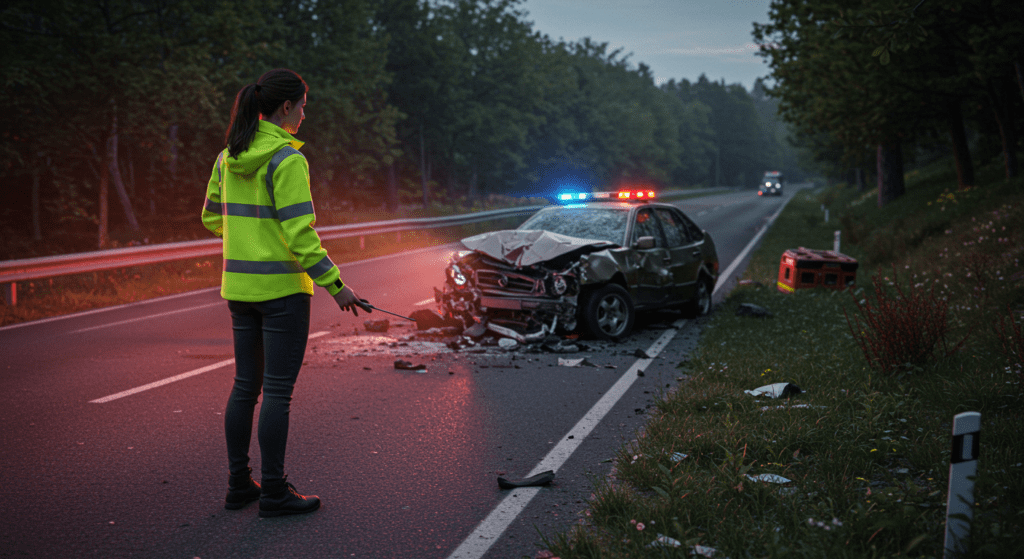
2. Check for Injuries and Call for Help
Immediately after the accident, check yourself, your passengers, and the other people involved for any injuries. Sometimes injuries might not be obvious right away. If you notice anything amiss or if anyone is in pain, call for emergency assistance immediately. Even if injuries appear minor, medical professionals must examine everyone to rule out internal injuries or other complications that might show up later. Prompt medical attention can be crucial, and emergency services are trained to assess and manage such situations quickly.
3. Move to a Safe Location
If your vehicle is still operational and there are no severe injuries that require your immediate attention, it is best to move your car out of traffic. Relocating to a safe spot, such as the shoulder of the road or a nearby parking lot, minimizes the risk of additional accidents. Use your hazard lights as you pull over, keeping other drivers informed that your vehicle is not moving normally. This step not only protects you but also makes it easier for emergency responders to work safely around the accident site.
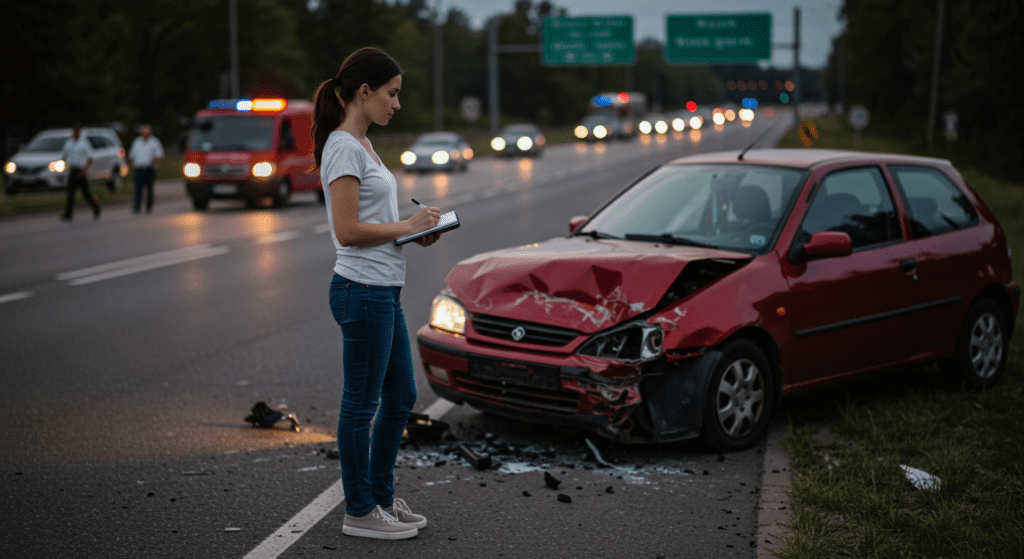
4. Contact the Police and File a Report
In many areas, car accidents require a police report regardless of how minor they seem. Call the local law enforcement agency to report the incident, providing them with clear and accurate details. A police report is essential for future insurance claims and may help investigate the cause of the accident. While you wait for the police to arrive, avoid discussing who is at fault with the other parties present. Instead, stick to factual details and let the authorities determine what happened. Being cooperative and respectful can make the entire process smoother and less stressful for everyone involved.
5. Gather Essential Information
Collecting information right away is key. Ask for the other driver’s name, contact details, driver’s license number, registration information, and insurance details. If there are any witnesses to the accident, be sure to get their contact information as well. Write down all the details while they are still fresh in your memory. This record will serve as a reliable reference when filing your insurance claim or if legal questions arise later. Keep your record organized and list the details in a logical order—this will help when you need to relay the information to your insurance company or attorney.
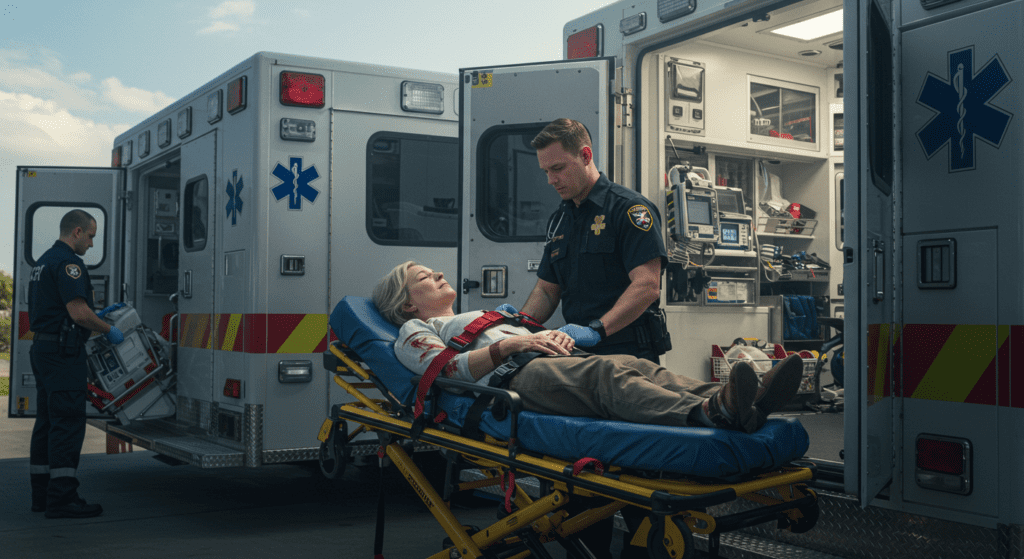
6. Document the Scene with Photos and Notes
Documentation plays a crucial role in protecting your rights. Use your phone or a camera to take clear pictures of the accident scene from several angles. Photograph the vehicles, any damage sustained, tire tracks, nearby road signs, and other features such as skid marks. It’s also beneficial to write down your personal account of the events as they unfolded, including details like the time of day, road conditions, weather, and any unusual circumstances. Detailed notes can assist in accurately reconstructing the accident later if discrepancies arise between different accounts. This documentation not only solidifies your version of events but also helps to clarify any facts that might seem ambiguous.
7. Notify Your Insurance Company
After gathering information and documenting the scene, it is important to contact your insurance company as soon as possible. Many insurers have specific time requirements to report accidents, and prompt notification ensures your claim process starts on the right footing. Provide them with all the factual details, including the police report number if available, and any photographs or notes you have taken at the scene. Transparency in communication is critical as your insurer will base decisions regarding repairs and compensation on the evidence provided. Make sure to ask any necessary questions about the process, what to expect next, and how to handle any temporary transportation needs.
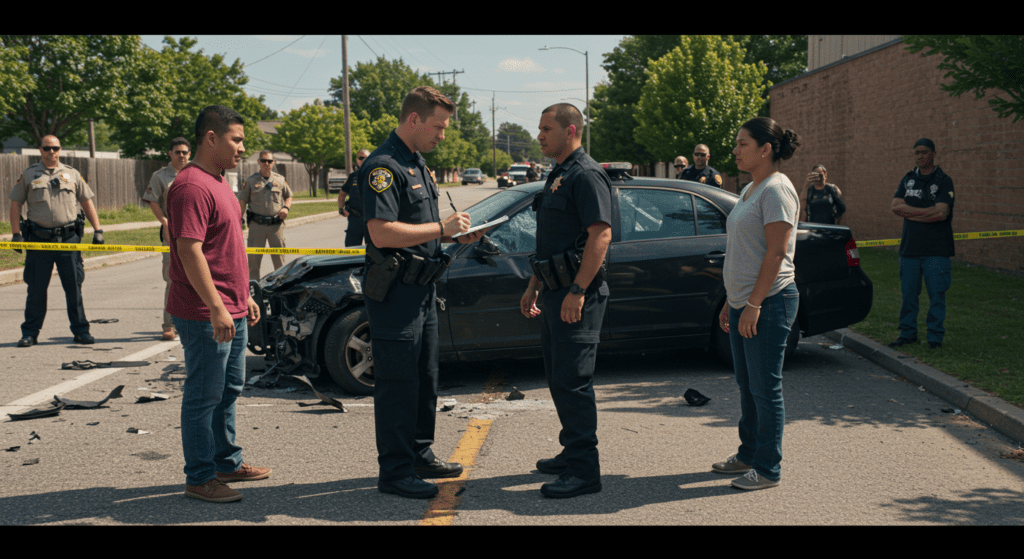
8. Seek Medical Attention
Even if you feel fine after the accident, consider getting a medical evaluation soon afterward. Some injuries, such as whiplash or soft tissue damage, might not present symptoms immediately. A comprehensive check-up can help detect issues that may not be immediately apparent. Keeping detailed records of all medical treatments, evaluations, and expenses can be vital for your insurance claim and any future legal proceedings. Medical documentation provides objective evidence of your injuries and can be essential if the extent of your injuries needs to be proven later.
9. Understand Your Rights and Legal Options
After an accident, it can sometimes be difficult to know where you stand regarding responsibility and potential compensation. It is wise to familiarize yourself with your legal rights and options. If you feel uncomfortable with how insurance companies are handling your claim or if there is a dispute regarding fault, consulting an attorney who specializes in car accidents may be beneficial. They can guide you through your rights, help in gathering further evidence, and advise if filing a lawsuit is necessary in your case. Being informed about your legal position provides peace of mind as you work towards a fair resolution following the accident.
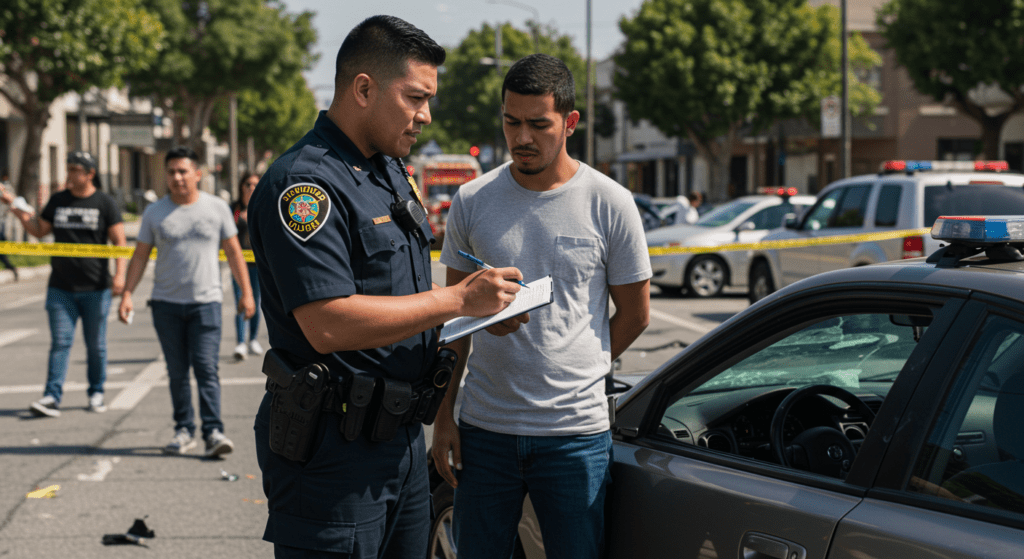
10. Follow Up on Repairs and Claims
Once you have navigated the immediate aftermath, be diligent about following up on your vehicle repairs and insurance claims. Keep in close contact with your insurance claim adjuster to monitor progress and ensure all necessary steps are taken. Obtain estimates for repairs from reliable repair shops, and if possible, choose one recommended by your insurer if you feel comfortable with their services. Document every repair appointment and communication with both the mechanic and your insurance provider. This thorough approach helps ensure that the repair process goes smoothly, any unexpected issues are addressed promptly, and you are fully compensated for the damages or injuries incurred.
Final Thoughts
Accidents are never easy, but taking swift and methodical action can reduce the stress and complications that often follow a collision. By staying calm, ensuring safety, and following all the necessary steps—from checking for injuries to notifying your insurance company and following up on repairs—you set yourself on a path toward recovery. The detailed documentation of the event provides a clear timeline and proof of facts that support your claim. Simple, orderly actions not only ease the immediate chaos but also protect you throughout the claims process and potential legal follow-ups. Keep in mind that your wellbeing should be your top priority, and engaging professional help when needed can make all the difference.
While no accident is the same, these ten steps should prepare you to manage the situation responsibly and effectively. Always prioritize personal safety, seek professional medical advice even if you believe your injuries are minor, and remember that understanding your rights is crucial. The moments following an accident are critical, and how you handle them can have lasting impacts on your recovery and financial situation. Whether it is obtaining prompt medical care, gathering all necessary documents, or contacting the right people, every action counts.
This guide not only provides a clear roadmap for dealing with accidents but also emphasizes the importance of being proactive. It encourages drivers to think ahead, prepare for unexpected scenarios, and act responsibly when emergencies occur. Empower yourself with knowledge, keep essential details at hand, and make sure that when the unexpected happens, you are ready. With careful planning, you can turn a challenging situation into a manageable incident that paves the way for a smoother recovery process.
By following these steps, you ensure that your rights are safeguarded and that your accident does not lead to further complications. With these clear instructions, you are well-equipped to handle both the immediate and long-term challenges of an accident, reducing the impact on your life and helping you return swiftly to normal. Stay informed, stay prepared, and always choose safety first.
